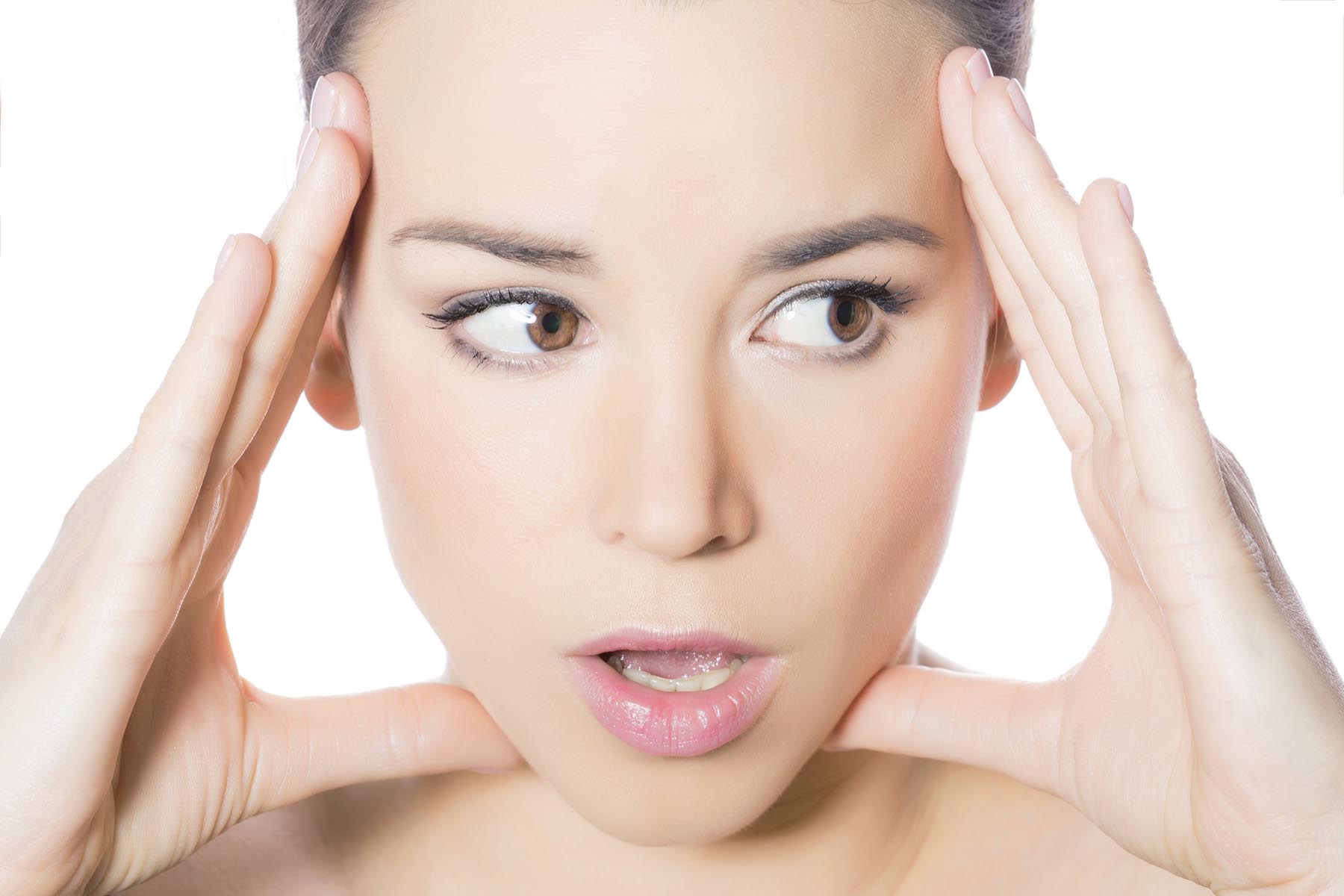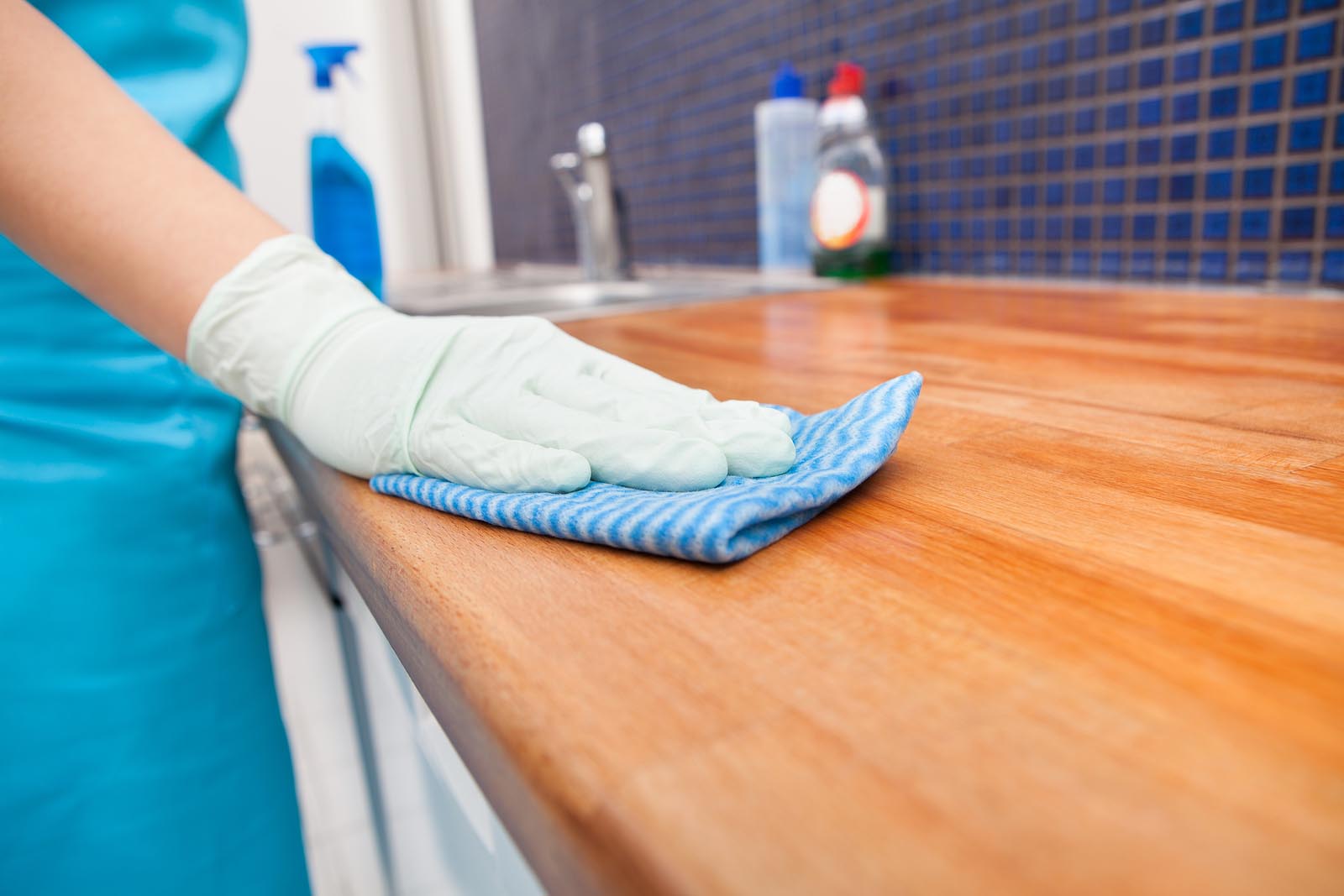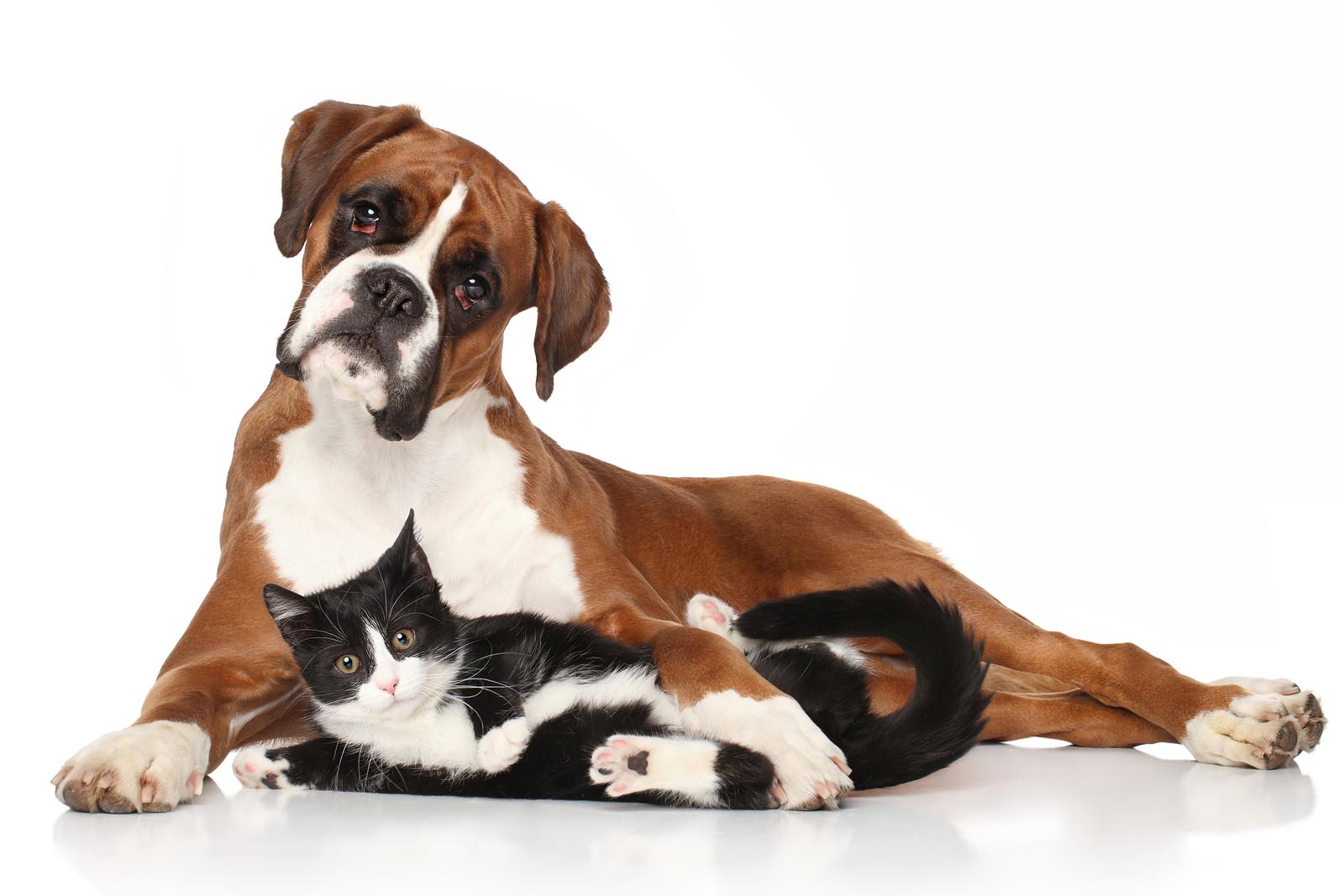Hydrogen Peroxide

While hydrogen peroxide is composed only of water and oxygen, it kills disease organisms by oxidation. It is considered one of the safest, all natural, and highly effective antiseptic and disinfectant. This simple compound has many useful benefits and can also save you a lot of money. What is Hydrogen peroxide, also known as H2O2? It is composed of water (H2O) with an extra oxygen (O) molecule. The Hydrogen peroxide “bond” breaks during a reaction, for example when you apply it to a cut on your finger. When you apply it, one of the oxygen molecules is freed, leaving H2O (water) behind. The freed oxygen molecule is what you see bubbling to the surface of the cut.
A word of caution before you read further. Do not ingest hydrogen peroxide. It contains an assortment of stabilizers which shouldn’t be ingested. Large doses of hydrogen peroxide, even at the 3% concentration level, can cause oral blistering, abdominal pain, diarrhea, and vomiting. Only use it once to treat wounds. Do not use hydrogen peroxide on sensitive skin. Make sure you don’t overuse it, because it can kill good bacteria. While there are many strengths sold, for the uses below only use 3% pharmaceutical grade concentration that can be purchased at drugstore or supermarkets. Hydrogen peroxide will bleach or discolor many dark fabrics, so test on a small area before using.
Medicinal Uses

- Fights foot fungus– There are reports that many people have successfully reduced foot fungus infections by mixing an equal part of hydrogen peroxide and water and spraying that solution on their feet every night. Let your feet dry after spraying.
- Cleans ear wax– Before you consider removing your ear wax with hydrogen peroxide, make sure you do not have an ongoing ear infection, a perforated eardrum, severe ear pain or hearing impairment. Warm the hydrogen peroxide and olive oil bottles in a bowl of warm water to make ear wax removal more comfortable. To clean out ear wax, add a couple of drops of olive oil in your ear, and then follow it up with a couple drops of hydrogen peroxide. Keep your head tilted for about a minute, and then tilt it back the other way and let the mixture drain out. You may also want to gently flush your ear out with warm water.
- Helps toothache pain– It’s Saturday night and you have a toothache. There’s no way to get a hold of your dentist. Dilute hydrogen peroxide in a cup of water, put some it in your mouth, and hold it there for a few minutes, spit it out, and rinse your mouth with fresh water. Do not use hydrogen peroxide full strength in your mouth or you may cause irritation or blistering. Many people have reported their pain subsided with this method. Make an appointment with your dentist to diagnose and resolve your problem.
- Take a detox bath– Give your bath a lift by adding two quarts of peroxide to your bath water. Don’t get your hair wet, for it may get discolored.
- Whitens teeth– Pour about 2 tablespoons of hydrogen peroxide in your mouth, and swish it around for 1 minute. Don’t panic when the hydrogen peroxide begins to foam, because it means it is working to kill bacteria. Spit out the solution, and rinse your mouth with water. Brush your teeth as you normally would. Bleaching teeth with a 3% hydrogen peroxide solution is acknowledged as a safe practice by the American Dental Association. As an alternative, combine 1 tablespoon of baking soda with 2 teaspoons of hydrogen peroxide to make a paste. Adjust the amounts to get the paste to be thick like toothpaste. Add a dash of salt. Brush your teeth with the mixture and let it stay on your teeth for no more than 2 minutes. Rinse your mouth thoroughly and brush your teeth with a wet brush to be sure you have removed all the hydrogen peroxide. Use this mixture once a week only.
- Clean contact lenses– Use a commercial lens cleaner to get rid of the of debris and build-up on your contact lens or you can use hydrogen peroxide. Hydrogen peroxide is the active ingredient in many lens cleaners, such as CIBA Vision’s Clear Care. Hydrogen peroxide gets the job done for a lot less money. If you are interested in using hydrogen peroxide to clean and disinfect your contact lenses, talk with your eye care provider.
- Whiten fingernails– Mix a solution of 1 tablespoon of hydrogen peroxide mixed with 2 1/2 tablespoons of baking soda in a small bowl. Use a cotton swab to press some of the paste like mixture firmly under the tip of each nail as well as over the top of the nail, covering all the nails on one hand. Allow the mixture to remain in place for about three minutes before rinsing with warm water. Then do the other hand. Try this treatment every six to eight weeks.
- Corns and calluses– Many people have reported soaking their feet in equal parts of hydrogen peroxide and water for 5 minutes softens their calluses and corns.
Household Uses

- Disinfects counter tops– Mix hydrogen peroxide with an equal amount of water in a spray bottle, and apply it directly to all counter surfaces. Wipe down with a sponge.
- Kills mold -Apply hydrogen peroxide directly to mold, and then wipe it clean. Hydrogen peroxide is effective against many different types of mold, and can help to clean and detoxify a wide variety of surfaces.
- Cleans humidifiers– Running an equal part of hydrogen peroxide and water solution through a humidifier or dehumidifier will kill the mold.
- Cleans mirrors– Hydrogen peroxide makes a great no streak cleaning agent for mirrors. Spray it on and then wipe it down using paper towel.
- Kills mites -Spraying hydrogen peroxide is a safe way to kill mites, without contaminating your home with bug sprays.
- Cleans rugs and carpets -Spraying hydrogen peroxide will rid your carpet and rugs of food and mud stains. Only use on light or white colored fabrics, for hydrogen peroxide may bleach dark colored materials.
- Removes blood stains -Let hydrogen peroxide soak on the stain, then use a cloth or rag to scrub off the stain. As with carpets, test the fabric first. Only use on light clothes.
- Removes sweat stains – Remove sweat stains that form on the armpits of shirts. Mix two parts hydrogen peroxide with one part detergent, and then use it directly on the stains you are trying to remove.
Kitchen Area And Food

- Cleans cutting boards– Rinse off your cutting board after you use it, then spray with hydrogen peroxide to kill germs before they get into other foods are being preparing.
- Cleans refrigerators -Get rid of unpleasant odors and germs in your fridge and also disinfect everything by wiping down the shelves and inside doors with hydrogen peroxide.
- Add to the dishwasher– Add 2 ounces of hydrogen peroxide to your regular dishwasher detergent to kill germs.
- Disinfects dishrags and sponges– Extend the life of sponges and dishrags by soaking them in hydrogen peroxide to kill odors, germs, and bacterial growth.
- Cleans fruits and vegetables – Fruits and vegetables stay fresh and healthy longer with hydrogen peroxide. Add a cup of hydrogen peroxide to a sink of cold water. Soak light skinned such as lettuce for 20 minutes, thicker skinned vegetables such as zucchini, celery, egg plants, tomatoes, or cucumbers for 30 minutes. Then drain, dry and refrigerate. This solution also prolongs freshness.
- Keeps a salad fresh longer -Combine half a cup of water with a tablespoon of hydrogen peroxide and spray this mixture on the salad.
Children items

- Disinfects children toys – Use hydrogen peroxide to occasionally wipe down toys and play areas. Since it has been shown not to cause lung irritations, it is a safer cleaning product than many commercial cleaners.
- **Disinfects children lunchboxes –**Where has your child’s lunchbox been when he/she goes to school? Use hydrogen peroxide to disinfect the inside and outside a child’s lunchbox to keep your child healthy.
Plants

- Stimulates plant growth– Hydrogen peroxide is found in rainwater. As rain falls, it picks up an extra oxygen molecule from the atmosphere and then converts it to H2O2. This is one reason why rainwater helps plants to grow faster. To replicate rainwater, soak plant seeds in hydrogen peroxide. This solution will get rid of fungal spores and speed the rate at which seeds germinate. Use 1 ounce of peroxide for every 2 cups of water, and soak the plant seeds overnight. Boost the health of mature plant’s root system by occasionally spraying them with a mixture of 1 part hydrogen peroxide to 32 parts water.
Pets
- Treats wounds in animals -Just as hydrogen peroxide can be used to treat human wounds, you can also use it to treat wounds on your pets.
What successes have you found using hydrogen peroxide?

